Remember when commercials were must-see TV? Back in the ’80s, we didn’t have DVRs to fast-forward through ads—and honestly, we didn’t want to! Those 30-second spots introduced us to characters who became as familiar as our next-door neighbors, catchphrases that worked their way into our everyday conversations, and jingles we still can’t get out of our heads decades later. These weren’t just advertisements; they were mini-entertainment events that had us talking around the water cooler the next day.
1. Clara Peller (“Where’s the Beef?”)
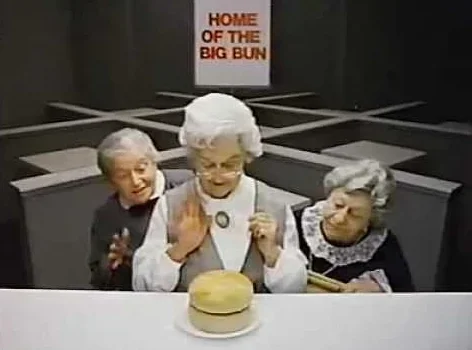
An 81-year-old retired manicurist became an overnight sensation in 1984 when she demanded to know “Where’s the beef?” in Wendy’s commercials. Clara Peller’s gravelly voiced question became a national catchphrase that extended well beyond fast food, even finding its way into the 1984 presidential campaign when Walter Mondale used it to question Gary Hart’s policies. Her diminutive stature contrasted with her outsized personality, creating a character who felt like everyone’s straight-talking grandmother who wouldn’t accept anything less than the truth. When Clara passed in 1987, Los Angeles Times honored Peller with a tribute celebrating how she shaped the advertising landscape.
The commercials were so successful that Wendy’s sales jumped 31% in 1984, and Peller appeared on T-shirts, bumper stickers, and even in a hit novelty song. Sadly, Wendy’s ended Peller’s contract in 1985 after she appeared in a Prego pasta sauce commercial saying “I found it!” – which the burger chain felt undermined their campaign message. Nevertheless, “Where’s the beef?” remains one of advertising’s most recognized slogans, and Peller’s character continues to be referenced in popular culture today.
2. The Maytag Repairman

Gordon Jump’s portrayal of the loneliest repair technician in America became one of advertising’s most enduring characters. Dressed in his crisp blue uniform, this bored repairman sat by the phone waiting for calls that never came because Maytag appliances were supposedly so reliable. His forlorn expressions and endless attempts to pass time struck a chord with viewers who came to sympathize with the repairman’s professional plight. Gas Engine Magazine revs up the history lesson on this essential company.
The character debuted in 1967 but reached peak popularity during the 1980s when Jump (who also starred as Arthur Carlson in “WKRP in Cincinnati”) took over the role. The Maytag Repairman became such a cultural touchstone that people would often joke about having “the loneliest job since the Maytag Repairman” when describing quiet workdays. The campaign’s effectiveness was proven by its incredible longevity, running for over 50 years and making the character instantly recognizable across generations.
3. Mr. Whipple (“Please Don’t Squeeze the Charmin”)

Dick Wilson’s portrayal of the fussy grocer obsessed with preventing customers from squeezing Charmin toilet paper created one of the most recognized advertising characters in American history. Over 21 years and more than 500 commercials, Mr. Whipple would scold shoppers with his famous catchphrase, only to be caught secretly squeezing the irresistibly soft product himself when no one was looking. His mock outrage and hypocrisy made viewers laugh while subtly encouraging them to notice the product’s softness themselves. Mental Floss further unravels just how Mr. Whipple is responsible with changing advertising forever.
Consumer research in the 1970s and ’80s found that Mr. Whipple was the third most recognizable American, behind only Richard Nixon and Billy Graham. Wilson, who appeared in the role from 1964 to 1985 (with a brief return in 1999), earned a reported $300,000 annually during the campaign’s peak years. Though some viewers claimed to find the commercials annoying, they proved remarkably effective at keeping Charmin at the top of the toilet paper market throughout the character’s run.
4. The Energizer Bunny
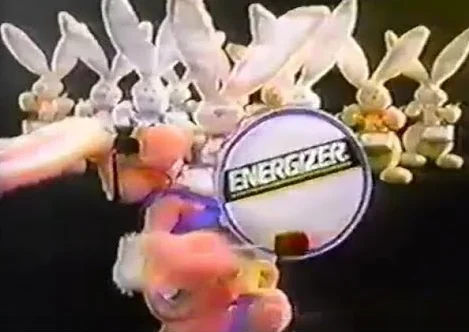
Introduced in 1989, the pink mechanical rabbit with sunglasses who marched while banging a drum transformed battery advertising forever. Originally created as a parody of rival Duracell’s bunny commercials, the Energizer Bunny broke through the fourth wall by interrupting fake advertisements for other products, demonstrating that it “keeps going and going and going.” The sunglasses-wearing rabbit’s unstoppable nature resonated with audiences who appreciated the clever approach that stood out from typical product demonstrations.
The campaign proved so successful that “Energizer Bunny” entered the lexicon as shorthand for anything with remarkable endurance or persistence. The character’s commercials were directed by Hollywood veterans including David Fincher and featured celebrity cameos from personalities like Michael J. Fox and Darth Vader. By the 1990s, the pink bunny had become so iconic that Energizer successfully blocked Duracell from using their own bunny character in the United States, effectively owning the bunny concept in battery advertising for the American market.
5. Dunkin’ Donuts’ Fred the Baker
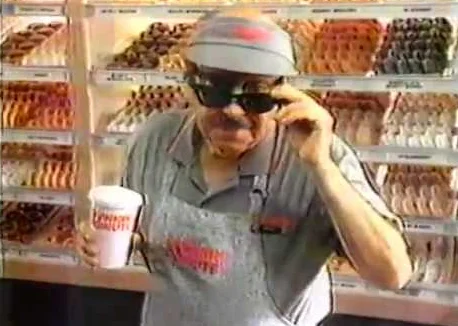
Michael Vale’s portrayal of the perpetually exhausted baker who reminded himself “Time to make the donuts” before dawn each day resonated with hardworking Americans who knew the feeling of dragging themselves to work. The campaign humanized the donut-making process by showing Fred’s dedication to his craft and the early mornings required to deliver fresh products. His catchphrase became shorthand for any thankless task that needed to be done regardless of one’s enthusiasm level.
Fred appeared in over 100 commercials between 1982 and 1997, becoming so synonymous with the brand that Dunkin’ Donuts gave him a ceremonial retirement complete with a donut-shaped hot air balloon and a Boston parade. The campaign succeeded by emphasizing freshness while creating emotional connection through Vale’s perfectly weary expression and relatable work ethic. Even decades later, many Americans still mutter “Time to make the donuts” when facing their own early morning responsibilities, proving Fred’s enduring impact on our cultural vocabulary.
6. Maxwell House’s “Cora”
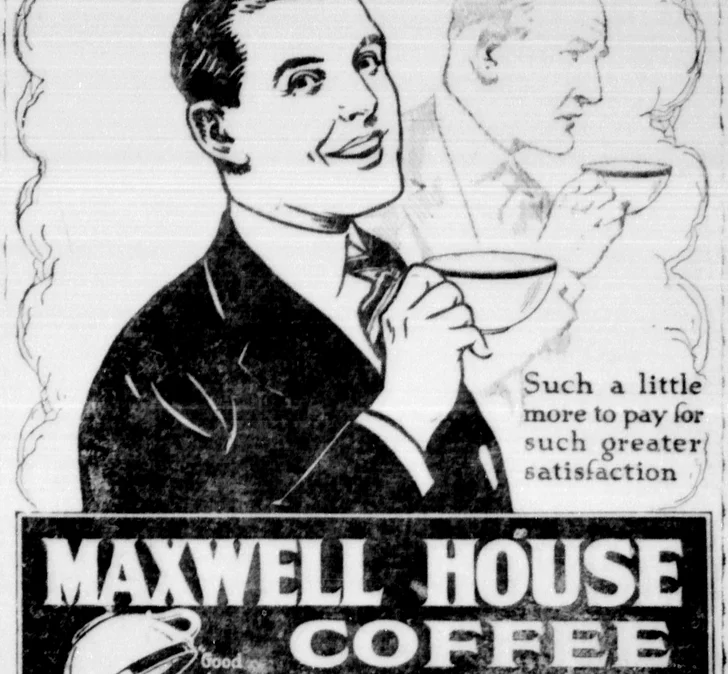
Margaret Hamilton, best known as the Wicked Witch from “The Wizard of Oz,” reinvented herself as the kindly storekeeper Cora in Maxwell House coffee commercials throughout the 1980s. Cora’s warm personality and motherly concern for her customers’ coffee preferences made her feel like everyone’s favorite neighborhood shopkeeper. Her gentle reminders that Maxwell House was “good to the last drop” carried extra weight coming from a character viewers trusted implicitly.
The campaign succeeded by creating a sense of small-town nostalgia during a decade of rapid technological and social change. Hamilton’s transformation from one of cinema’s most terrifying villains to America’s coffee-loving grandmother demonstrated her remarkable range as an actress. The Cora character connected with consumers by emphasizing tradition and quality in an increasingly fast-paced world, making Maxwell House feel like a trusted constant amid change.
7. The California Raisins
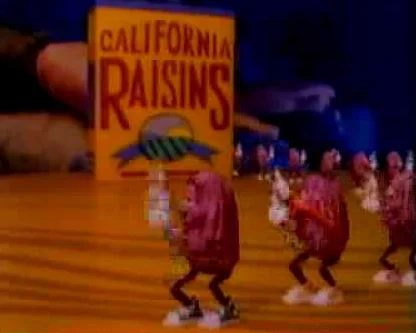
These claymation singing sensations—raisins with arms, legs, and sunglasses performing Motown classics—became a genuine pop culture phenomenon beyond their advertising origins. Created using painstaking stop-motion animation by Will Vinton Studios, the California Raisins first appeared in 1986 performing “I Heard It Through the Grapevine,” capturing viewers’ attention with their smooth moves and cool attitudes. Their commercials were so popular that they spawned merchandise, a Saturday morning cartoon show, and even four studio albums that actually charted on the Billboard lists.
The California Raisin Advisory Board reported raisin sales increased by 20% during the campaign’s first year alone. The raisins appeared in multiple commercials with different songs, had their own primetime TV special, and even collaborated with celebrities including Ray Charles and Michael Jackson. Their popularity transcended their commercial origins to become true 1980s icons, proving that advertising characters could break through to genuine pop culture stardom.
8. Spuds MacKenzie
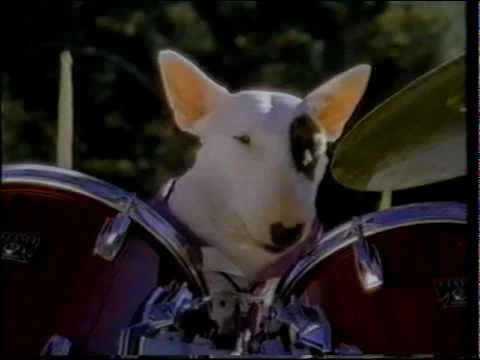
Bud Light’s “original party animal” was a bull terrier with sunglasses who appeared surrounded by beautiful women and represented the carefree, fun lifestyle the beer brand wanted to embody. Though marketed as male, Spuds was actually played by a female dog named Honey Tree Evil Eye, creating one of advertising’s great behind-the-scenes secrets. The character debuted during the 1987 Super Bowl and immediately captured national attention with his party-hard persona and silent charisma.
Spuds MacKenzie became so popular that his merchandise—T-shirts, stuffed animals, and posters—generated over $100 million in sales, sometimes outperforming the beer itself. The campaign faced controversy from critics who claimed it appealed to underage drinkers, eventually leading Anheuser-Busch to retire the character in 1989. Despite his relatively short commercial lifespan, Spuds created such a lasting impression that Bud Light brought the character back (as a ghost) for a 2017 Super Bowl commercial, introducing him to a new generation.
9. The Noid (Domino’s Pizza)
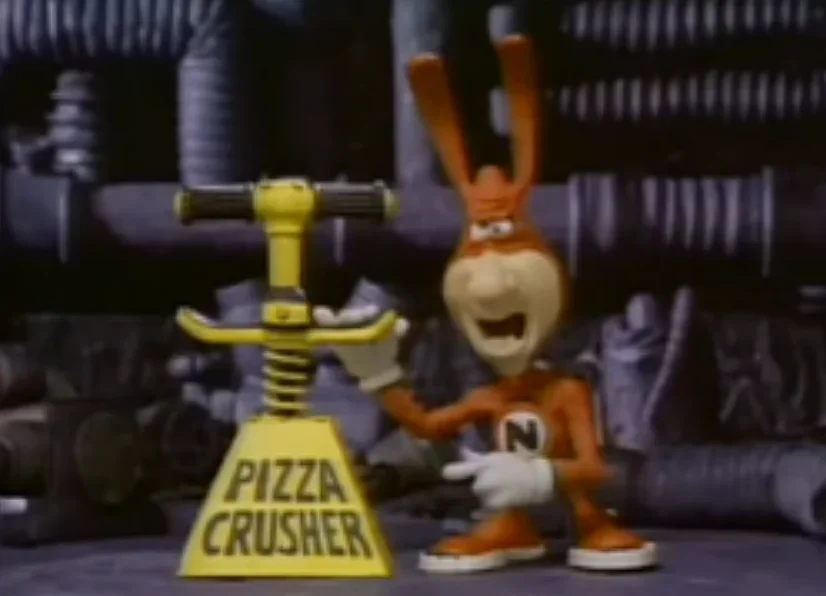
The red-suited, rabbit-eared villain intent on ruining pizzas became an unlikely advertising star for Domino’s. With his maniacal grin and persistent attempts to make pizzas cold or soggy, the Noid embodied everything that could go wrong with pizza delivery. The claymation character’s memorable appearance and the tagline “Avoid the Noid” created a unique campaign that positioned Domino’s as the hero who could consistently deliver hot, fresh pizza despite the Noid’s best efforts.
The character became so popular that he starred in his own video game for Nintendo and Commodore 64, allowing players to battle against the pizza-ruining villain. Unfortunately, the campaign came to an abrupt end in 1989 after a mentally ill man named Kenneth Noid held Domino’s employees hostage, believing the campaign was a personal attack on him. Despite this unfortunate conclusion, the Noid remains one of the most distinctive advertising characters of the decade, representing a time when brands weren’t afraid to create unusual mascots.
10. Life Cereal’s Mikey
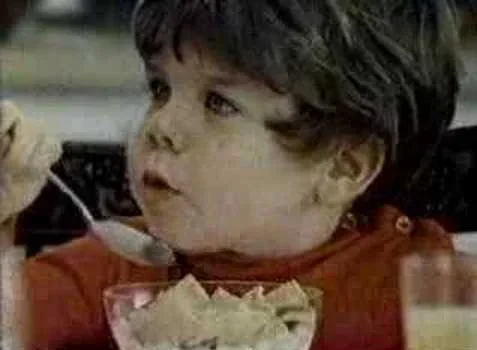
Though the original “Mikey likes it!” commercial first aired in 1972, it ran continuously throughout the ’80s, making three-year-old Mikey one of the decade’s most recognizable commercial characters. The premise was simple: two older brothers, unwilling to try a healthy cereal, push the bowl toward their notoriously picky little brother Mikey, who unexpectedly devours it with enthusiasm. The authenticity of the children’s performances and the relatable family dynamic made this one of advertising’s most enduring scenarios.
The commercial became so embedded in American culture that an urban legend spread claiming Mikey (played by child actor John Gilchrist) had died from consuming Pop Rocks and soda—a completely false rumor that demonstrated how invested the public had become in the character. The original commercial aired for an astonishing 12 years, one of the longest-running television advertisements in history. Life Cereal has revisited the concept multiple times over the decades, but the original Mikey remains the definitive version that consumers remember most fondly.
These TV commercial characters weren’t just selling products—they were becoming part of our collective experience. Their catchphrases entered our everyday language, their faces became more familiar than some movie stars, and their stories connected with us on a surprisingly emotional level. While today’s fragmented media landscape makes it harder for advertising characters to achieve this kind of universal recognition, these ’80s icons remind us of a time when commercials weren’t just interruptions between program segments—they were often the moments we remembered most.


